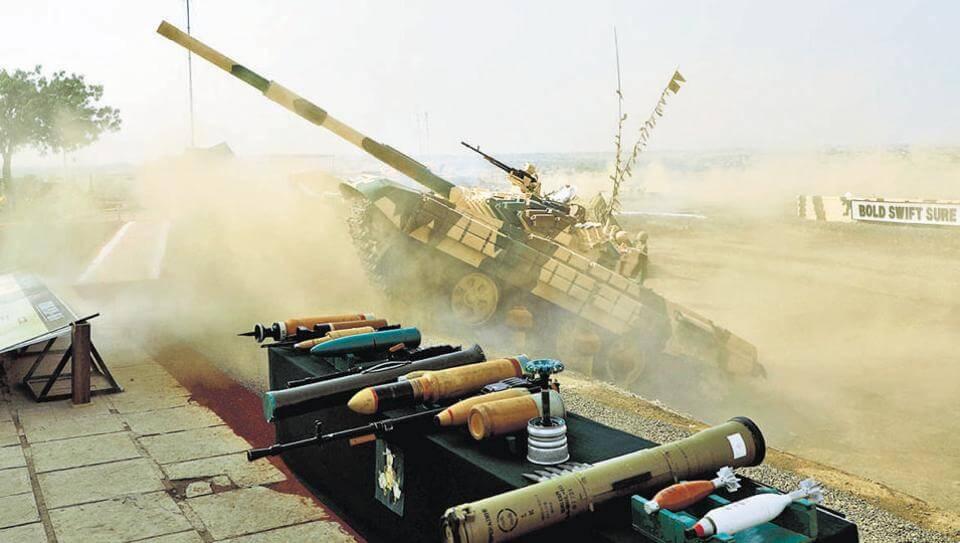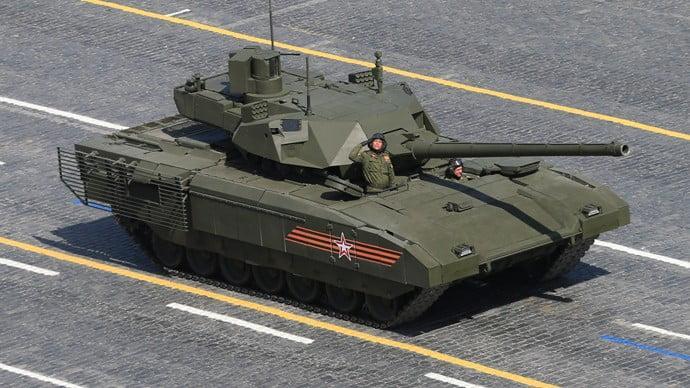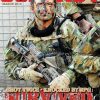The T-14 ARMATA, a state-of-the-art Russian tank, made a remarkable debut during the Victory Parade in Moscow in 2015. However, nearly five years later, it remains enigmatic, surrounded by various rumors. Here are ten confirmed facts about the tank:
Despite these known facts, it remains challenging to discuss the tank’s performance and its standing in the world of tanks. A conclusive assessment must await detailed reports and observations from the battlefield in the coming years. While some analyses suggest it represents a new generation of tanks on a global scale, skepticism persists among others.
Armored platform, not tank itself
The term “Armata” represents an armored program or platform, rather than the name of a specific tank. Designed with versatility in mind, the Armata platform is intended to host modules that can be fitted to create a diverse range of vehicles. In addition to the T-14 battle tank, the Armata platform serves as the chassis for various other military vehicles, including an armored personnel carrier (APC), self-propelled artillery, and an air defense weapon system. This modular approach allows for the development of more than a dozen distinct vehicles, showcasing the adaptability and multifunctionality of the Armata program.
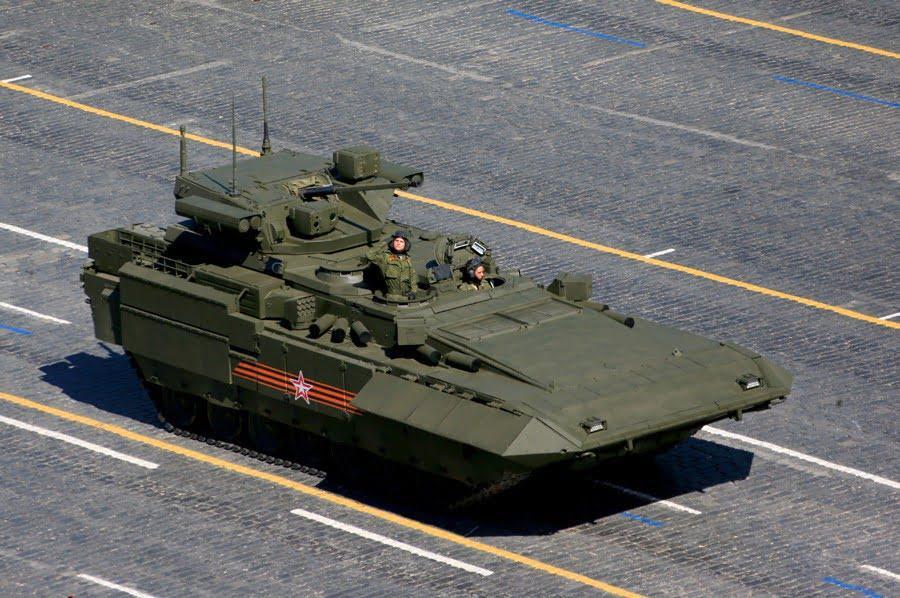
The First Tank in the post-Soviet era
The Armata T-14 Main Battle Tank (MBT) represents a historic milestone as the first tank designed entirely in the post-Soviet era. The Armata program, initiated in 2009, marks a departure from previous designs, with certain crucial elements, including the armor and turrets, being developed “from scratch.” This distinct approach signifies that the Armata T-14 is not a derivative or copy of any existing Russian tank design, showcasing a deliberate and innovative departure in the design and production of this modern armored vehicle.
Innovative design and the unmanned turret
The Armata T-14 Main Battle Tank introduces an innovative design paradigm within the realm of tanks, notably featuring a fully automated and unmanned turret. This technological breakthrough, while potentially one of the most innovative decisions made by its creators, remains shrouded in uncertainty regarding its practical functionality. Theoretically, this design is anticipated to enhance the protection of the tank crew, now situated in the hull; however, there is speculation that this shift may affect situational awareness. The true performance and impact of this groundbreaking feature can only be observed when the Armata T-14 is deployed in real action on the field.
The first unmanned battle tank in history
Indeed, owing to its revolutionary new-generation turret and a field of vision exclusively crafted through an array of HD cameras and sensors, the Armata T-14 is poised to make history as the first unmanned battle tank. Reports from the Russian Defense Ministry suggest that only minimal modifications are required to transform the Armata T-14 into a ground drone, highlighting the adaptability and forward-thinking design of this cutting-edge armored vehicle.
The most powerful tank in history
Plans for the T-14 Armata tank include equipping it with a highly anticipated, massive 152 mm gun modification. According to statements from Russia’s top defense official, this upgraded gun is purported to have the capability to “penetrate through a meter of steel.” If these assertions hold, the T-14 Armata would boast the most powerful tank gun, marking a significant advancement in its offensive capabilities.
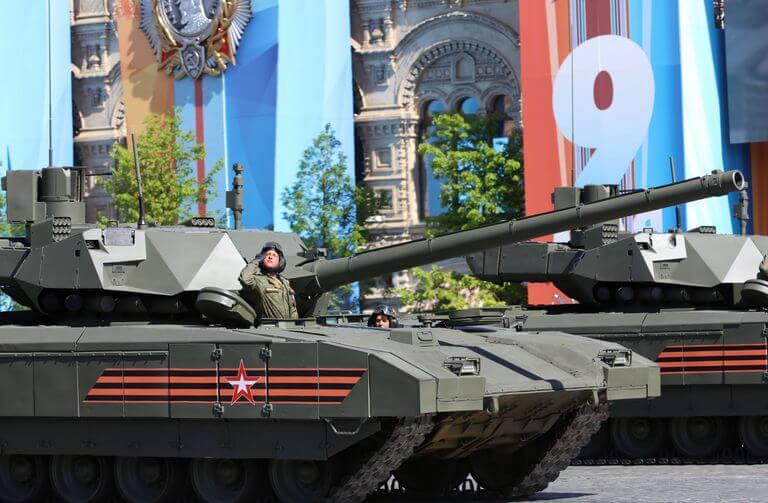
Afganit Active Protection System (AAPS)
The T-14 Armata Main Battle Tank comes equipped with the Afganit Active Protection System (AAPS), a cutting-edge defense mechanism. AAPS employs radar to detect incoming projectiles and autonomously intercepts them. Despite some ambiguity surrounding its exact parameters, Russian sources assert that AAPS can thwart missiles launched from an Apache helicopter. However, U.S. Army experts express skepticism, suggesting that the defense system will primarily be effective against grenades and sub-caliber projectiles. The precise performance of AAPS remains a subject of ongoing evaluation and discussion among military experts.
Lighter and faster than most modern MBTs
Weighing less than many contemporary Western main battle tanks, the Armata T-14 retains a distinctive characteristic of Russian armored vehicles—a superior top speed. This state-of-the-art Russian tank can achieve speeds of up to 90 km/h, surpassing the top speed of the U.S. Abrams M1A2 main battle tank by more than 20 km/h. This emphasis on mobility reflects a key attribute of the Armata T-14, potentially offering tactical advantages in maneuverability and rapid response on the battlefield.
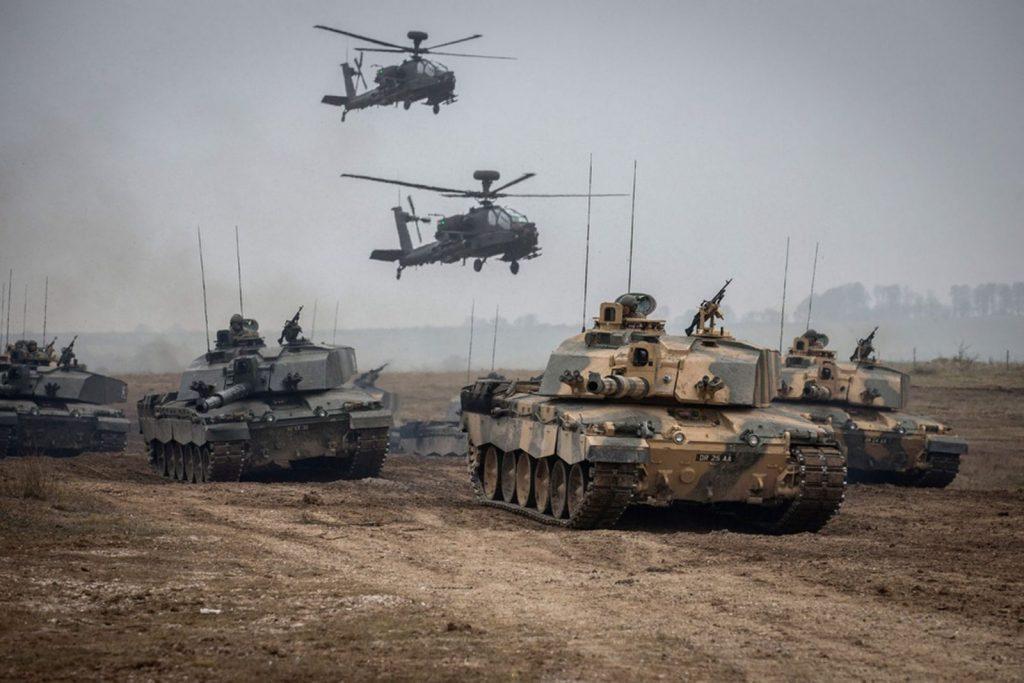
Not cheap, not expensive
While the T-14 Armata is not yet in mass production, its estimated cost stands at $8 million per unit at current exchange rates. This places the T-14 Armata in the upper price range for main battle tanks. However, it remains competitively priced when compared to counterparts such as the French AMX Leclerc and the U.S. M1A2 Abrams tank. Moreover, it falls below the price of other same-level vehicles like South Korea’s K2 Black Panther and Japan’s Type 10 tanks. Despite being on the higher end of the spectrum, the T-14 Armata’s cost-effectiveness positions it favorably within the global market for main battle tanks.
500 units per year
According to publicly available military sources, the Russian military is currently utilizing over 50 prototype models of the T-14 Armata tank. Plans indicate an ambitious scale-up, with expectations to receive over 500 units annually. The eventual order is projected to reach a staggering 2,300 units, constituting more than two-thirds of Russia’s armor capability. This extensive deployment plan underscores the strategic importance and widespread adoption of the T-14 Armata within the Russian military.
Foreign clients
India emerges as a potential inaugural foreign client for the Armata platform, particularly the main battle tank T-14 Armata, poised to replace the existing T-90 in the country’s military fleet. With India already operating over 900 T-90s procured from Russia, the nation stands as the foremost purchaser of Russian armor and various other weaponry. Beyond India, other conceivable destinations for the Armata T-14 include China, the wider Asian region, and North Africa, indicating the global interest and potential for the widespread adoption of this advanced armored platform.
